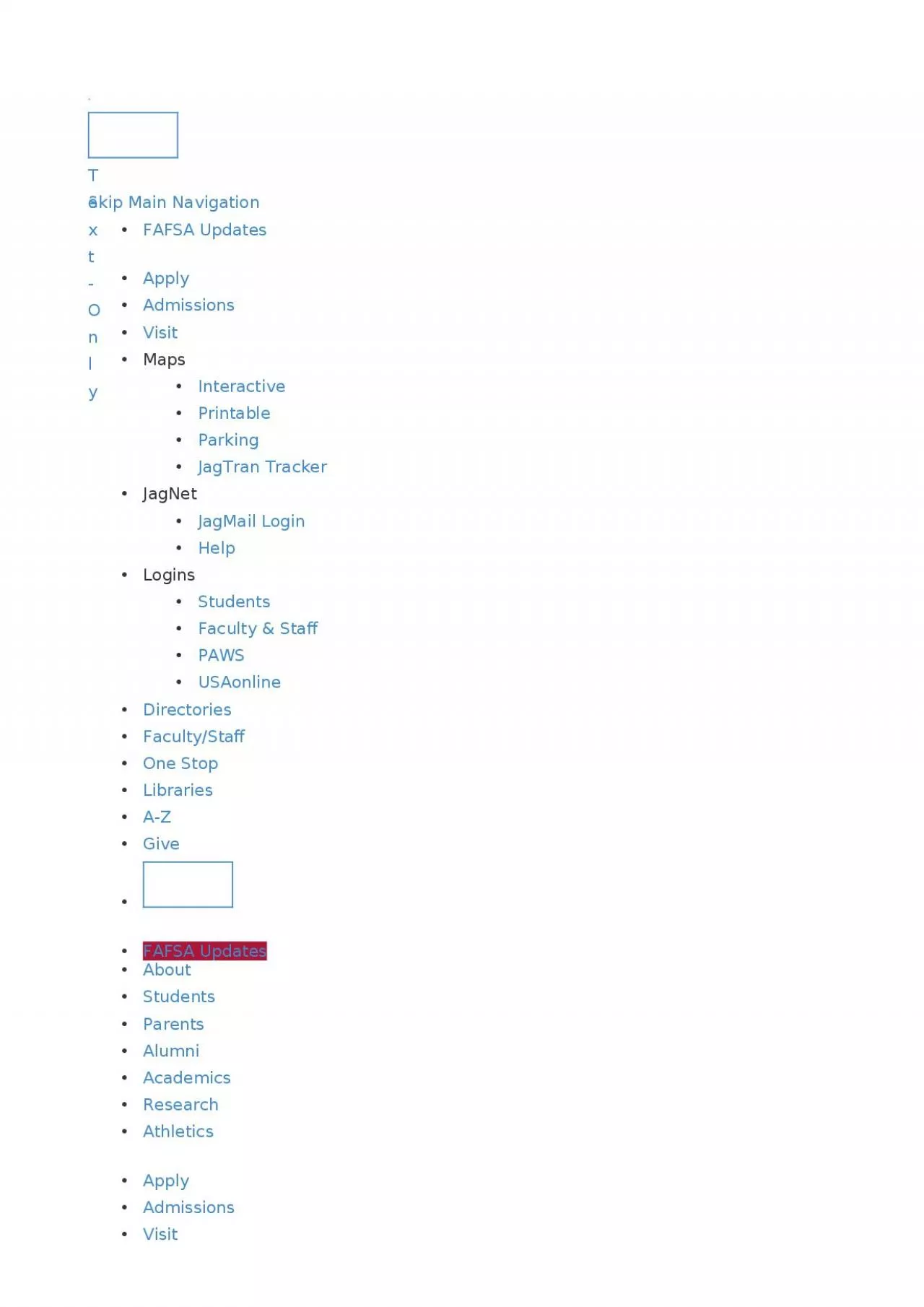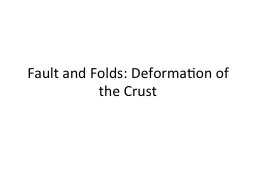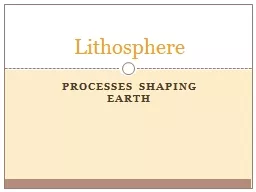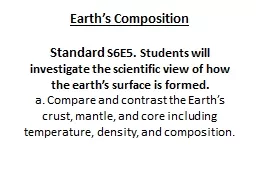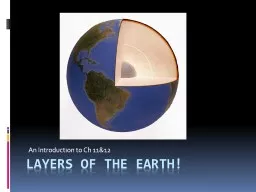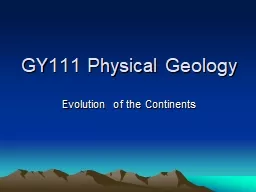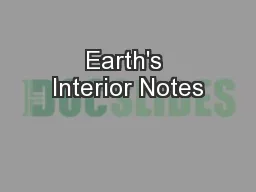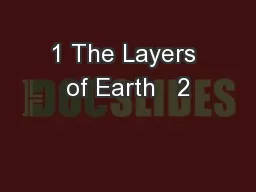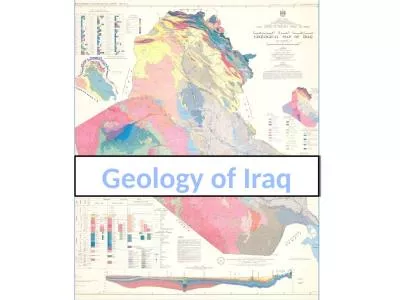PPT-GY111 Physical Geology Deformation of the Earth’s Crust
Author : rodriguez | Published Date : 2023-09-26
Stress amp Strain Stress a force applied to an area Example tire pressure in psi Strain a change in original shape or volume produced by stress Elastic strain analogous
Presentation Embed Code
Download Presentation
Download Presentation The PPT/PDF document "GY111 Physical Geology Deformation of th..." is the property of its rightful owner. Permission is granted to download and print the materials on this website for personal, non-commercial use only, and to display it on your personal computer provided you do not modify the materials and that you retain all copyright notices contained in the materials. By downloading content from our website, you accept the terms of this agreement.
GY111 Physical Geology Deformation of the Earth’s Crust: Transcript
Download Rules Of Document
"GY111 Physical Geology Deformation of the Earth’s Crust"The content belongs to its owner. You may download and print it for personal use, without modification, and keep all copyright notices. By downloading, you agree to these terms.
Related Documents

